ZMBT Rubber Accelerator: Benefits and Applications
19/01/2024
ZMBT rubber accelerator is a chemical compound that is commonly used in the rubber industry to speed up the curing process of rubber products. This accelerator is known for its ability to improve the physical properties of rubber, such as its elasticity and durability. ZMBT is a type of thiazole accelerator that is often used in combination with other accelerators to achieve the desired curing rate.
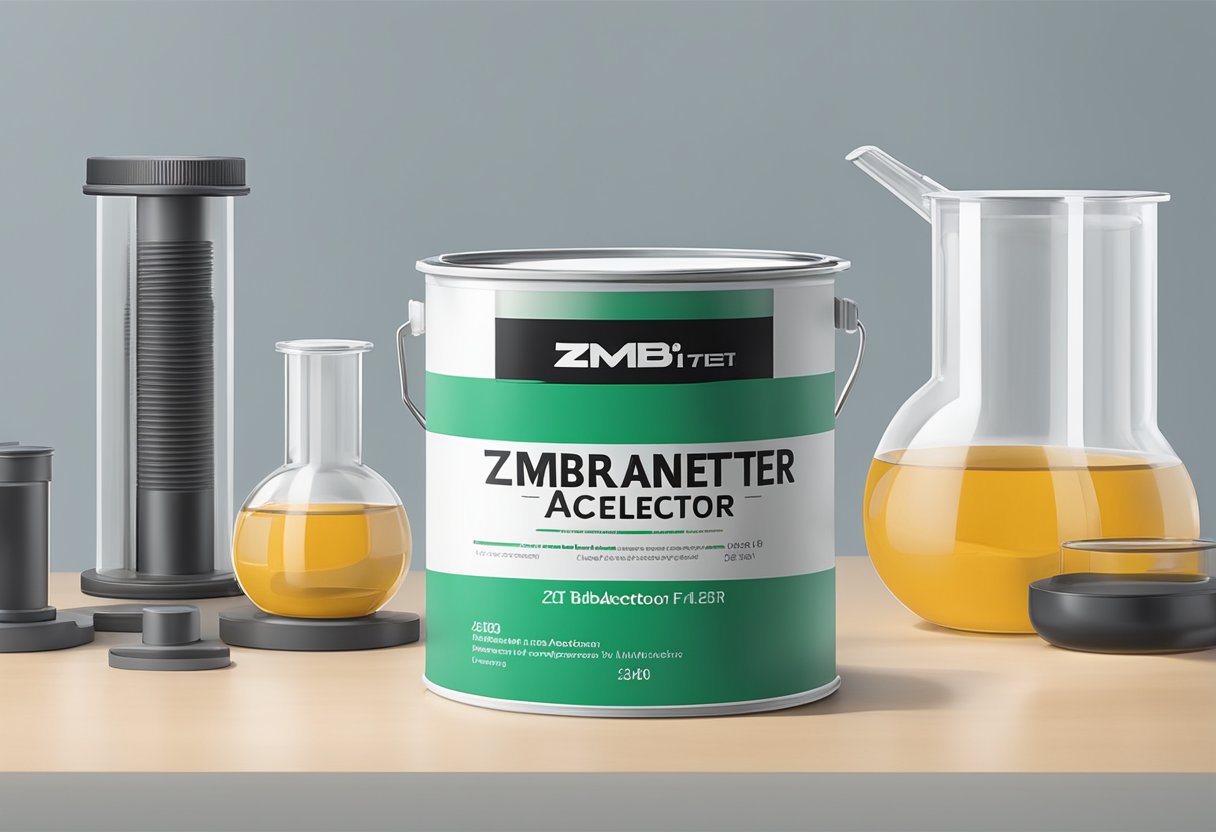
The use of ZMBT rubber accelerator has become increasingly popular in recent years due to its effectiveness and versatility. It is commonly used in the production of various rubber products, including tires, hoses, belts, and seals. The compound is known for its ability to improve the processing and handling characteristics of rubber, making it easier to work with during the manufacturing process. Additionally, ZMBT is known for its low toxicity and environmental friendliness, making it a preferred choice for many manufacturers.
Chemical Properties of ZMBT
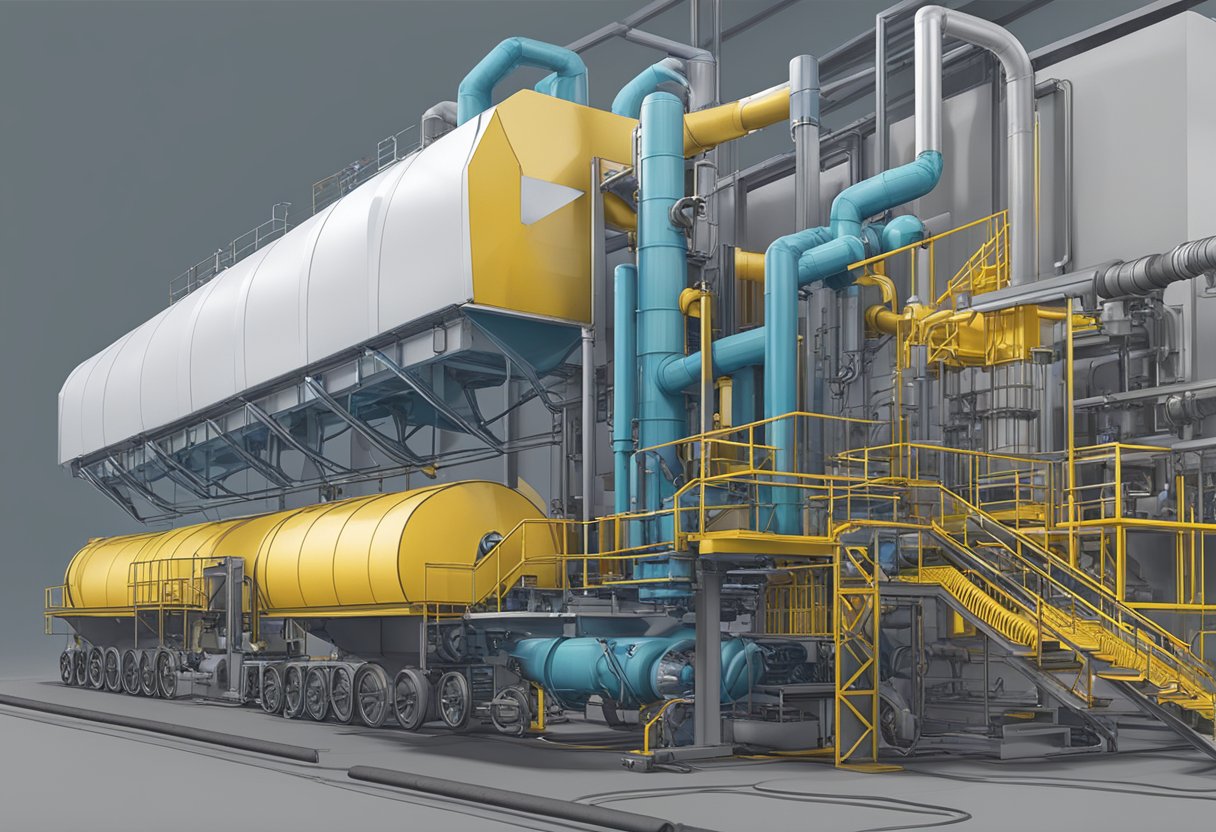
ZMBT (Zinc 2-mercaptobenzothiazole) is a light yellow powder with a molecular formula of C14H8N2S4Zn and a molecular weight of 397.86 g/mol. It is a commonly used rubber accelerator that is soluble in chloroform, benzene, and carbon disulfide but insoluble in water.
ZMBT is a thiazole-based accelerator, which means it contains a sulfur atom and a nitrogen atom in its chemical structure. This chemical structure gives ZMBT the ability to form strong crosslinks between rubber molecules, improving the strength and durability of the final product.
ZMBT has a melting point of 300-310°C and a decomposition temperature of 330°C. It is stable under normal conditions but can decompose when exposed to heat or light. Therefore, it should be stored in a cool, dry place away from direct sunlight.
In addition to its use as a rubber accelerator, ZMBT also has antibacterial and antifungal properties. It has been used in the production of medical products such as condoms and surgical gloves to prevent the growth of bacteria and fungi.
Overall, the chemical properties of ZMBT make it a valuable additive in the production of rubber products. Its ability to form strong crosslinks between rubber molecules improves the strength and durability of the final product, while its antibacterial and antifungal properties make it a useful ingredient in medical products.
Manufacturing Process of ZMBT Rubber Accelerator
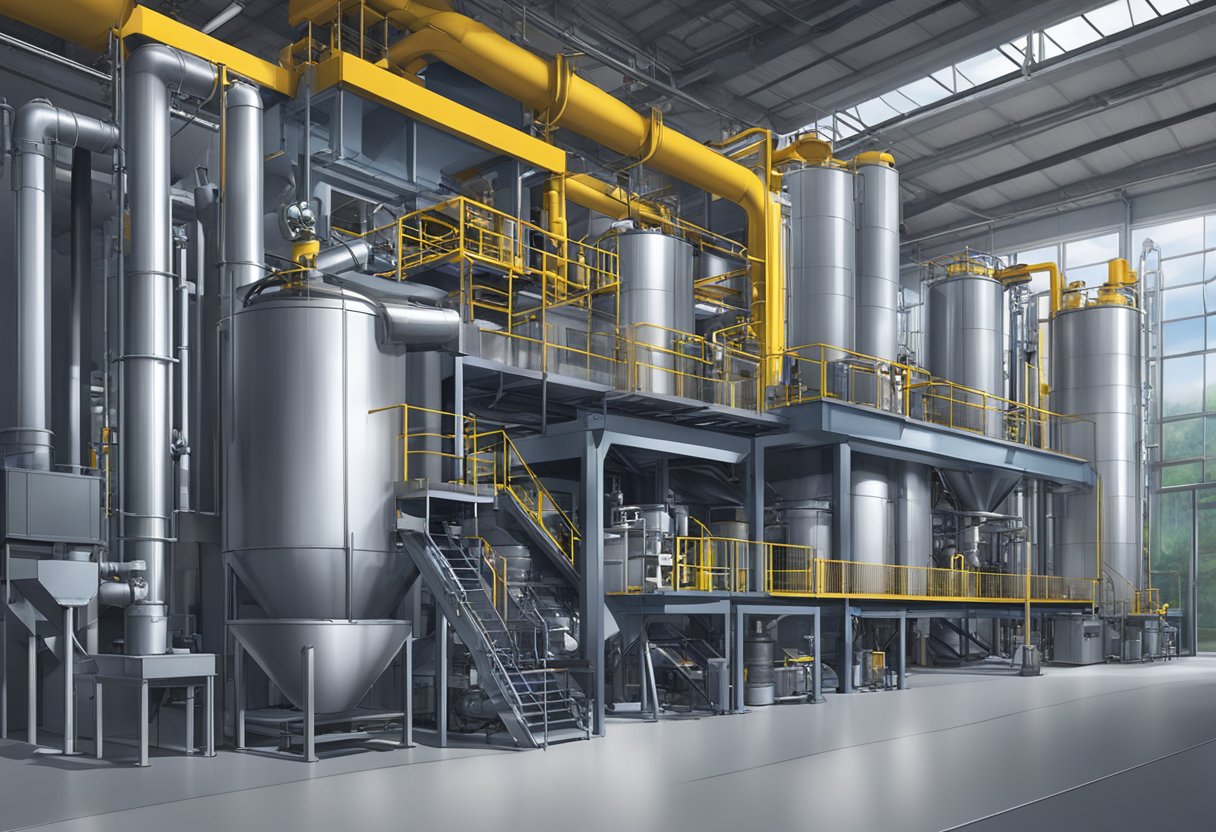
ZMBT rubber accelerator is a commonly used accelerator for natural rubber and synthetic rubber. The manufacturing process of ZMBT rubber accelerator involves several steps.
Firstly, 2-mercaptobenzothiazole (MBT) is added to a reactor vessel. Then, zinc oxide (ZnO) is added to the vessel and the mixture is heated to a temperature of around 100°C. During this process, the MBT reacts with the ZnO to form zinc 2-mercaptobenzothiazole (ZMBT).
Next, the ZMBT is filtered and washed to remove any impurities. The resulting product is a yellow powder that is soluble in water and ethanol.
Quality control is an important aspect of the manufacturing process of ZMBT rubber accelerator. The product is tested for purity, particle size, and other properties to ensure that it meets the required specifications.
Overall, the manufacturing process of ZMBT rubber accelerator is a carefully controlled process that requires expertise and precision to produce a high-quality product.
Applications in Rubber Industry
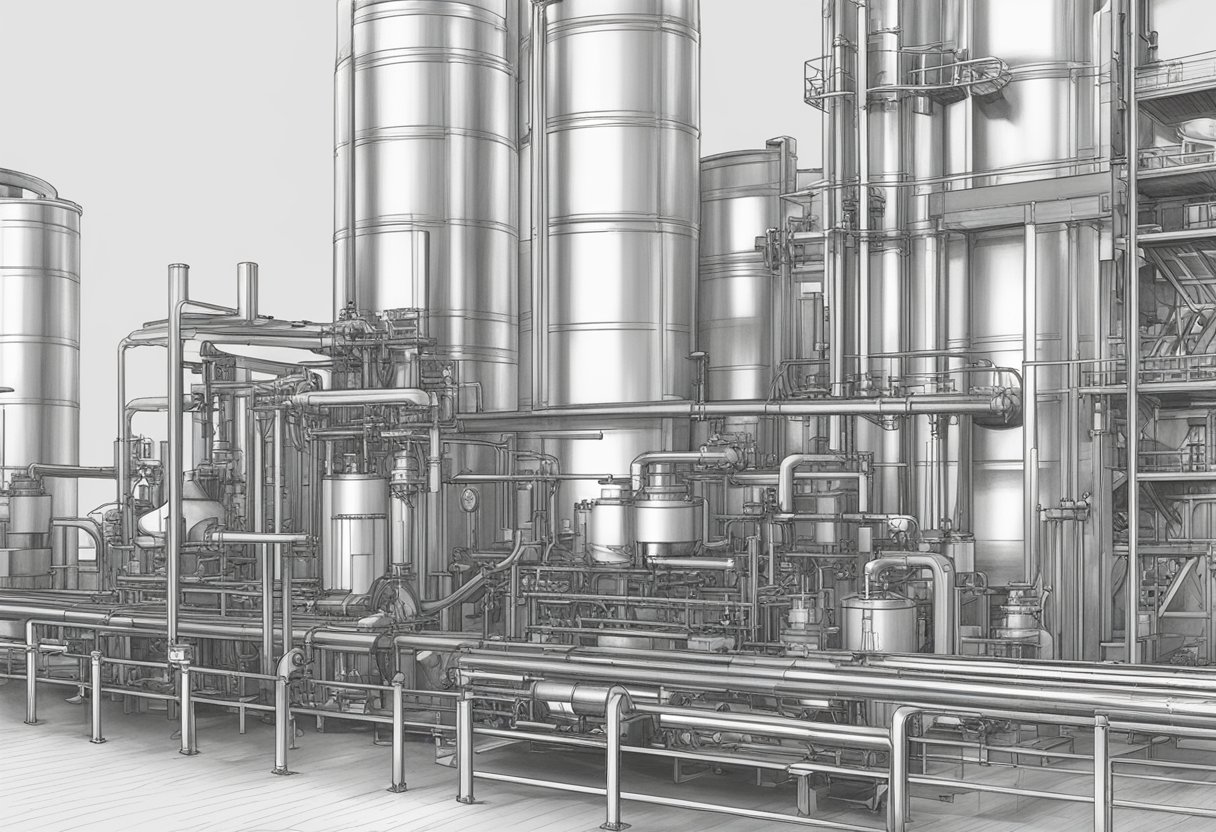
ZMBT rubber accelerator is widely used in the rubber industry due to its excellent performance and compatibility with other accelerators. Here are some of the applications of ZMBT in the rubber industry:
1. Tire Industry: ZMBT is widely used in the production of tires due to its excellent vulcanization properties. It helps in improving the tensile strength, elongation at break, and modulus of elasticity of the rubber compound. This results in the production of high-quality tires that are durable and long-lasting.
2. Automotive Industry: ZMBT is also used in the production of various automotive parts such as hoses, belts, and seals. It helps in improving the heat resistance, aging resistance, and compression set of the rubber compound. This results in the production of high-quality automotive parts that can withstand harsh conditions.
3. Industrial Rubber Products: ZMBT is also used in the production of various industrial rubber products such as conveyor belts, gaskets, and seals. It helps in improving the mechanical properties of the rubber compound, such as tensile strength, tear strength, and compression set. This results in the production of high-quality industrial rubber products that are durable and long-lasting.
In conclusion, ZMBT rubber accelerator is a versatile accelerator that finds applications in various sectors of the rubber industry. Its excellent performance and compatibility with other accelerators make it a popular choice among rubber manufacturers.
Health and Safety Considerations

Handling Procedures
ZMBT rubber accelerator should be handled with care to prevent any direct contact with the skin, eyes, or clothing. It is recommended to wear gloves, safety glasses, and protective clothing when handling this chemical.
The substance should be stored in a cool, dry, and well-ventilated area, away from sources of heat, ignition, and incompatible materials. It should be kept tightly closed in its original container to prevent contamination and spillage.
Exposure Risks
Exposure to ZMBT rubber accelerator may cause skin irritation, eye irritation, and respiratory tract irritation. Prolonged or repeated exposure may lead to sensitization, allergic reactions, and other health hazards.
In case of skin contact, the affected area should be immediately washed with soap and water. In case of eye contact, the eyes should be flushed with water for at least 15 minutes and medical attention should be sought. In case of inhalation, the affected person should be removed to fresh air and medical attention should be sought if necessary.
Personal Protective Equipment
The use of personal protective equipment is recommended when handling ZMBT rubber accelerator. The following equipment is recommended:
- Gloves: Chemical-resistant gloves made of nitrile, neoprene, or other suitable materials should be worn to prevent skin contact.
- Safety glasses: Eye protection should be worn to prevent eye contact.
- Protective clothing: Clothing made of chemical-resistant materials should be worn to prevent skin contact and contamination.
It is important to follow all safety precautions when handling ZMBT rubber accelerator to prevent any health hazards and ensure safe handling and storage.
Environmental Impact
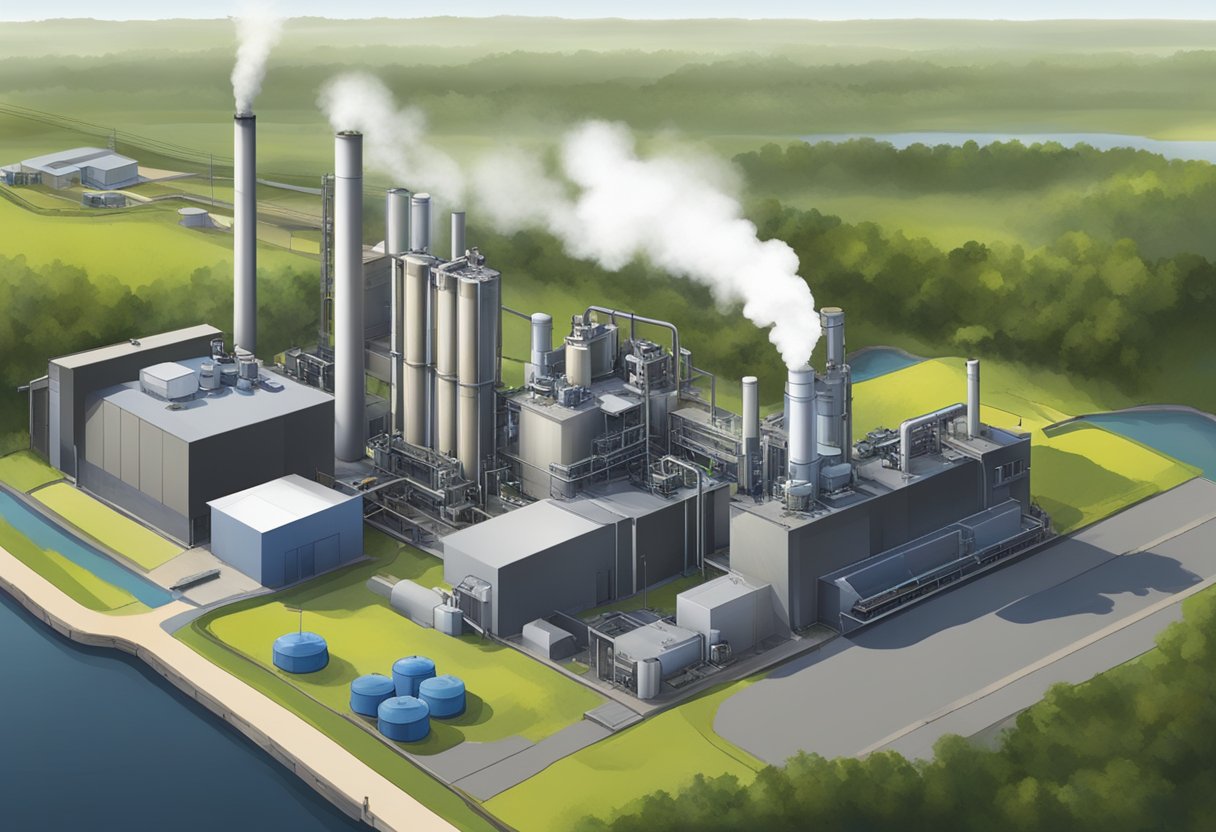
ZMBT rubber accelerator has a relatively low environmental impact compared to other rubber accelerators. It is not classified as hazardous to the environment and does not pose a significant risk to aquatic or terrestrial organisms.
However, as with any chemical substance, it is important to handle and dispose of ZMBT rubber accelerator properly to minimize any potential negative impact on the environment. This includes following local regulations and guidelines for the safe handling, storage, and disposal of the substance.
In addition, it is important to note that the production of ZMBT rubber accelerator may have some environmental impact. The manufacturing process can generate waste and emissions, which may contribute to air and water pollution if not properly managed.
Overall, while ZMBT rubber accelerator is not without environmental impact, it is considered to be a relatively safe and low-risk option compared to other rubber accelerators. Proper handling and disposal practices can further minimize any potential negative impact on the environment.
Regulatory Compliance
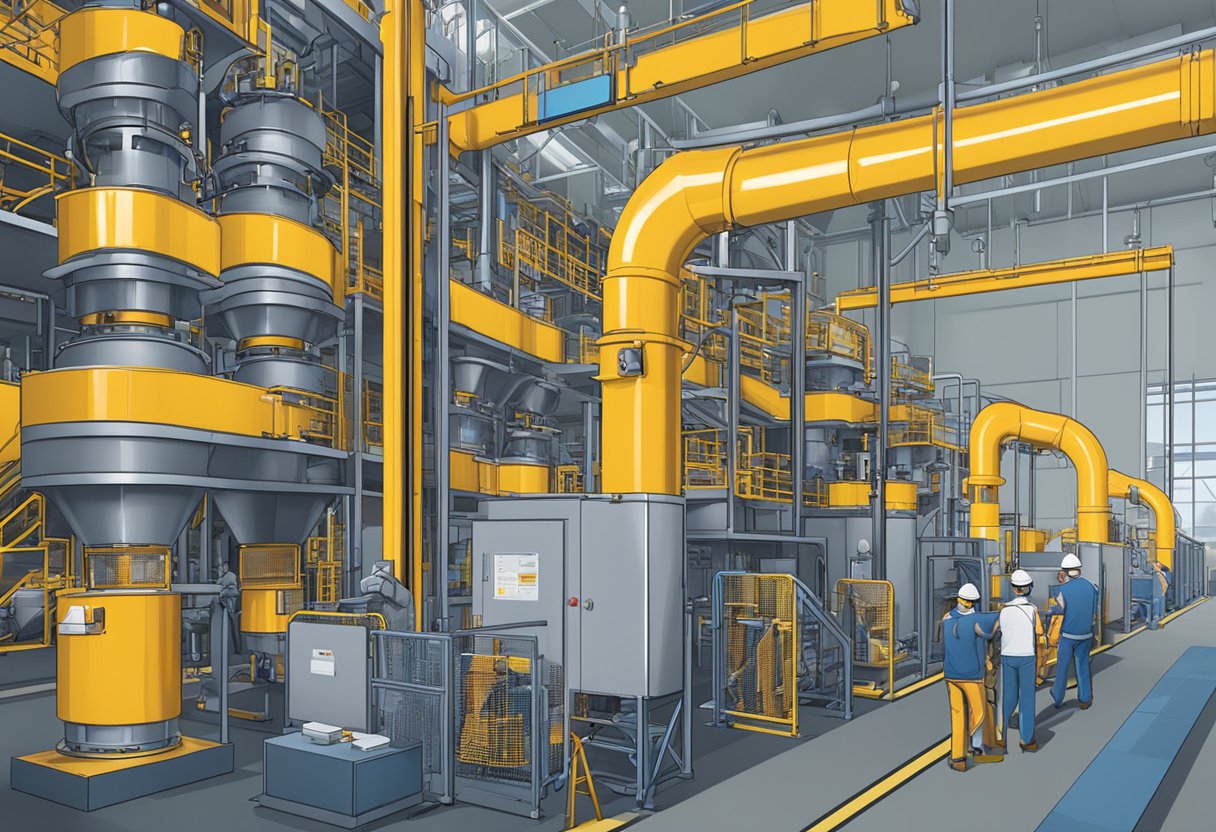
ZMBT rubber accelerator is subject to regulatory compliance in various countries and regions. In the European Union, it is classified as a hazardous substance and is subject to regulation under the REACH regulation. The registration, evaluation, authorization, and restriction of chemicals (REACH) regulation requires manufacturers and importers of ZMBT to register the substance with the European Chemicals Agency (ECHA) and provide information on its properties, uses, and risks.
In the United States, ZMBT is regulated by the Environmental Protection Agency (EPA) under the Toxic Substances Control Act (TSCA). The TSCA requires manufacturers and importers of chemical substances to provide information on their production, use, and potential health and environmental effects. ZMBT is also subject to regulation under other laws, such as the Federal Insecticide, Fungicide, and Rodenticide Act (FIFRA) and the Occupational Safety and Health Act (OSHA).
In China, ZMBT is regulated by the Ministry of Ecology and Environment (MEE) under the Law on the Prevention and Control of Environmental Pollution Caused by Solid Waste. The law requires manufacturers and importers of solid waste, including chemical substances, to obtain an environmental permit and comply with environmental standards.
Overall, manufacturers and importers of ZMBT must comply with various regulations and standards to ensure the safe production, use, and disposal of the substance. They must also provide information on the potential risks and hazards associated with the substance to ensure that it is used safely and responsibly.
Storage and Stability
ZMBT rubber accelerator is a stable and non-hazardous chemical compound. However, proper storage conditions must be maintained to ensure its stability and effectiveness.
It is recommended to store ZMBT rubber accelerator in a dry, cool, and well-ventilated area. Exposure to direct sunlight, heat, and moisture should be avoided as it can cause degradation of the compound.
ZMBT rubber accelerator should be stored in its original container, tightly sealed and labeled with the product name, date of manufacture, and expiration date. The shelf life of ZMBT rubber accelerator is typically two years from the date of manufacture when stored under proper conditions.
It is important to note that ZMBT rubber accelerator should not be mixed with other chemicals or compounds unless recommended by the manufacturer. Additionally, it should not be stored near incompatible materials such as strong oxidizing agents, acids, or bases.
By following proper storage guidelines, users can ensure the stability and effectiveness of ZMBT rubber accelerator for their intended applications.
Compatibility with Other Accelerators
ZMBT rubber accelerator is compatible with many other accelerators commonly used in the rubber industry. It can be used in combination with other accelerators such as MBT, MBTS, and CBS to enhance its performance.
When used in combination with other accelerators, ZMBT can improve the processing safety of rubber compounds, reduce the curing time, and enhance the physical properties of the final product. However, it is important to note that the compatibility of ZMBT with other accelerators may vary depending on the specific rubber compound and processing conditions.
In addition, ZMBT can also be used as a secondary accelerator in combination with primary accelerators such as TMTD, DPG, and DOTG to improve the scorch safety of rubber compounds.
Overall, the compatibility of ZMBT with other accelerators makes it a versatile and effective accelerator for a wide range of rubber applications.
Performance Characteristics
ZMBT rubber accelerator is known for its excellent performance characteristics, which make it a popular choice for various rubber applications. This section will discuss two of its most notable characteristics: curing properties and accelerating effects.
Curing Properties
ZMBT is a fast-curing accelerator that improves the curing speed of rubber compounds. It has a shorter curing time compared to other accelerators, which makes it ideal for applications that require fast curing. Additionally, ZMBT has a low scorch safety, which means that it does not cause premature curing or scorching of rubber compounds.
Accelerating Effects
ZMBT is an effective accelerator that enhances the properties of rubber compounds. It improves the tensile strength, elongation at break, and modulus of elasticity of rubber products. It also enhances the aging resistance and heat resistance of rubber compounds, making them more durable and long-lasting.
In conclusion, ZMBT rubber accelerator is a reliable and effective additive that can improve the performance of rubber compounds. Its fast-curing properties and accelerating effects make it a popular choice for various rubber applications.
Global Market Trends
The global market for ZMBT rubber accelerator is expected to grow steadily in the coming years. The increasing demand for tires in the automotive industry is one of the key factors driving the growth of the market. ZMBT is widely used in the production of tires as it improves the performance and durability of the tires.
The Asia-Pacific region is the largest market for ZMBT rubber accelerator, with China being the major contributor to the growth of the market. The growing automotive industry and increasing demand for tires in the region are driving the demand for ZMBT. The region is expected to continue its dominance in the market during the forecast period.
The market is also witnessing a trend towards the development of eco-friendly ZMBT rubber accelerators. Manufacturers are focusing on developing products that have minimal impact on the environment. This trend is expected to continue in the coming years as consumers become more environmentally conscious.
In addition, the market is highly competitive with the presence of several global and regional players. Key players in the market include Lanxess, Arkema, Eastman Chemical Company, and Kemai Chemical. These players are focusing on expanding their product portfolio and increasing their market share through various strategies such as mergers and acquisitions, partnerships, and collaborations.
Overall, the global market for ZMBT rubber accelerator is expected to witness steady growth in the coming years, driven by the increasing demand for tires in the automotive industry and the trend towards eco-friendly products.
Future Developments in Rubber Acceleration
As the demand for rubber products continues to grow, the need for more efficient and sustainable rubber accelerators is becoming increasingly important. Manufacturers are constantly working to develop new and improved accelerators that meet the industry’s needs while also reducing environmental impact.
One area of focus for future developments in rubber acceleration is the use of renewable resources. Many companies are exploring the use of plant-based materials as a source of accelerators. These materials have the potential to be more sustainable and less harmful to the environment than traditional petroleum-based accelerators.
Another area of focus is improving the efficiency of accelerators. Researchers are working to develop new compounds that can accelerate the vulcanization process while also reducing the amount of accelerator needed. This can lead to cost savings for manufacturers as well as a reduced environmental impact.
Advancements in technology are also driving future developments in rubber acceleration. The use of artificial intelligence and machine learning is allowing manufacturers to more quickly and accurately identify the optimal accelerator for a specific application. This can lead to improved product performance and reduced waste.
Overall, the future of rubber acceleration looks promising. With continued research and development, manufacturers will be able to produce more efficient and sustainable accelerators that meet the needs of the industry while also reducing environmental impact.




